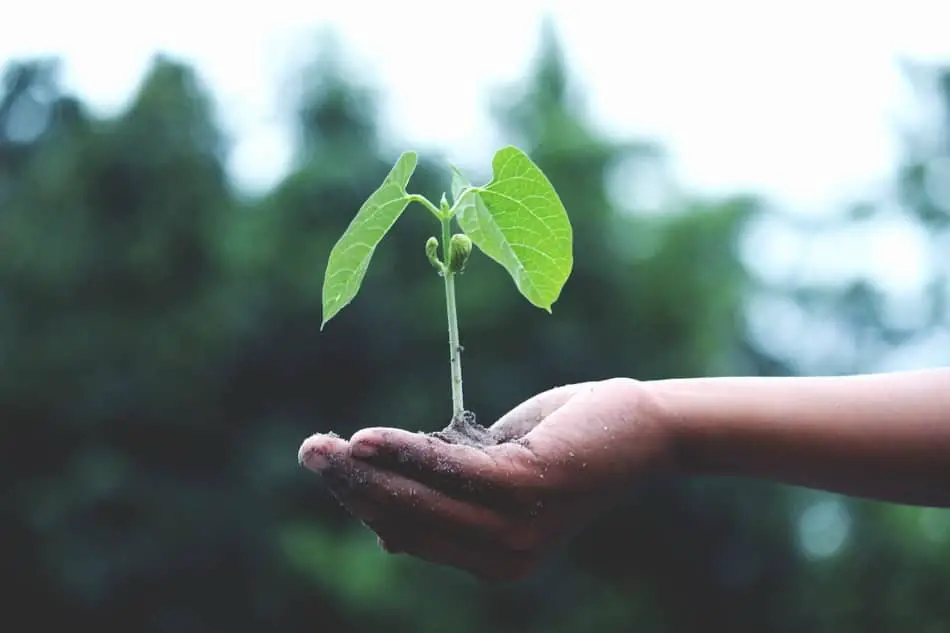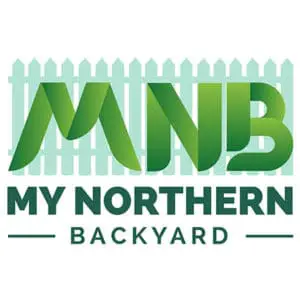
My wife and I are planning to renovate our backyard this summer, and during my research I came across several references to “Zone” when reading about plants and planting. It turn out, this is a reference to a Plant Hardiness Zone – and I decided to dig in a little to find out more about them.
So what is a Plat Hardiness Zone? A Plant Hardiness Zone is a way to identify if plants are likely to survive the winter based on what part of North America they are planted in and how cold it gets there. These zones range from zone 1 at the top of Canada to Zone 12 in Hawaii and 13 in Puerto Rico.
When planning your backyard, it’s really important to understand what plants are appropriate for your space and your location. If you put the wrong types of plants in your backyard you may not only have wasted time and money, but end up having a dead and ugly space out your patio door.
What the Plant Hardiness Zones Look Like
So what do the Plant Hardiness Zones look like? Imaging you were painting with your toddler and drew a beautiful rainbow in the sky – and then your toddler sat on it while it was still wet. Flip that sucker upside down and you’ve got the Plant Hardiness Zone map. Essentially, the map:
- Has lower zones in the middle and warmer zones at the coasts
- Runs North to South from Zone 1 to Zone 13
- Is based on a complex formula around measured minimum temperatures of the region
- Generally follows what you would expect from the temperature map of North America
Because of this U shape there are a large variety of Zones at the Canada-US border, from Zone 8-9 on the west coast through BC and Washington, to 3-4 in the middle on the prairies, to 5-6 on the east cost for Nova Scotia and Maine. The Zones bump up somewhat around the Great Lakes – reaching up to a Zone 7 near Detroit or Toronto.
Each of the Zones is built on ranges of 10 degrees Fahrenheit and based on the average of the coldest it’s been in that location each year. As an example: Omaha, Nebraska sits in Zone 5, where the coldest it gets, on average, is between -20 degrees Fahrenheit and -10 degrees Fahrenheit. Each Zone then gets split in two (A and B, a being the lower 5 degrees, and B being the upper) – and Omaha sits in Zone 5b, which is between -15 degrees Fahrenheit and -10 degrees Fahrenheit at the coldest on average.
So What Can I Plant if I Live by the Border?
The answer is: it really depends on exactly where on the border you live! Plants will grow in a range of Zones, and for some hardy varieties it could be as many as 8 Zones wide! (I’m looking at you, Strawberries! In fact, there should be varieties of strawberries that will grow pretty much anywhere along the Canada-US Border). Many of the plants you’ll want to grow can be made to work from coast to coast.
If you live on the west coast, right up against the ocean, your backyard could have orange, lemon or olive trees. Peas and pumpkins and carrots and cucumber will all find a place in your vegetable patch, and you might even be able to grow dahlias.
Through the prairies it takes some hardier fruits – apples, grapes, watermelon and strawberries all grow in the cold. You might have problems with carrots and cucumbers, but peas and pumpkins aren’t a problem- and neither are broccoli and Brussels sprouts. Lots of color is still available in flowers from hydrangeas to marigolds to peonies and yarrow
Through the great lakes and into the east there is a huge variety available for the enterprising backyard grower – fruits from apples to watermelon including a good variety of berries and melons. Vegetables by the basket full from beans and bell peppers to turnips, and a large number of types of flowers from all the colors of the rainbow.
Considerations About the Plant Hardiness Zone Maps
There are some caveats to consider about the Plant Hardiness Zone maps that are distributed by both the USDA (USA) and NRC (Canada). The latest US map was built based on data that ended in 2005, and the latest Canadian map was built based on data that ended in 1990. In the time that’s passed since the data was gathered, recorded temperatures have gone up – this may change the zone that any particular region is in but likely in an upward direction.
The maps and zones that are created are only a guide. It’s definitely a best efforts map, as they have had to paint the continent in large swaths. What this means is that your particular city or town might actually be a little warmer or colder that the rest of the area, based on specific geographic features around you.
One last point to consider is that Canada and the US use slightly different methods to calculate the readings for the Zone. What this means is that the Canadian results and the American results may be slightly different near the border, and a single step might bring you to a different hardiness zone!
Related Questions
Is the Plant Hardiness Zone the only thing I need to consider when choosing plants?
No way! Unfortunately the Plant Hardiness Zone only considers temperatures over the winter. Even though you’re in a Zone that may not kill the plant during the cold, it may not grow well given how much sun it gets, how powerful the sun is in your region, and how long the growing season is. Soil conditions, soil composition, pH balance, whether starting from seed or buying from a nursery or garden center – the list goes on an on!
What about starting planting indoors?
You can definitely get a jump on many varieties of plants from seed indoors in colder zones – it helps compensate for a short growing season – but each plant will be different. You’ll have to research the plants you’re looking at in order to decide if you can start them inside.
Where can I find out additional information about Zones, and what zone I’m in?
There are interactive maps everywhere! As soon as you know what you’re looking at, there is a wealth of information available.

